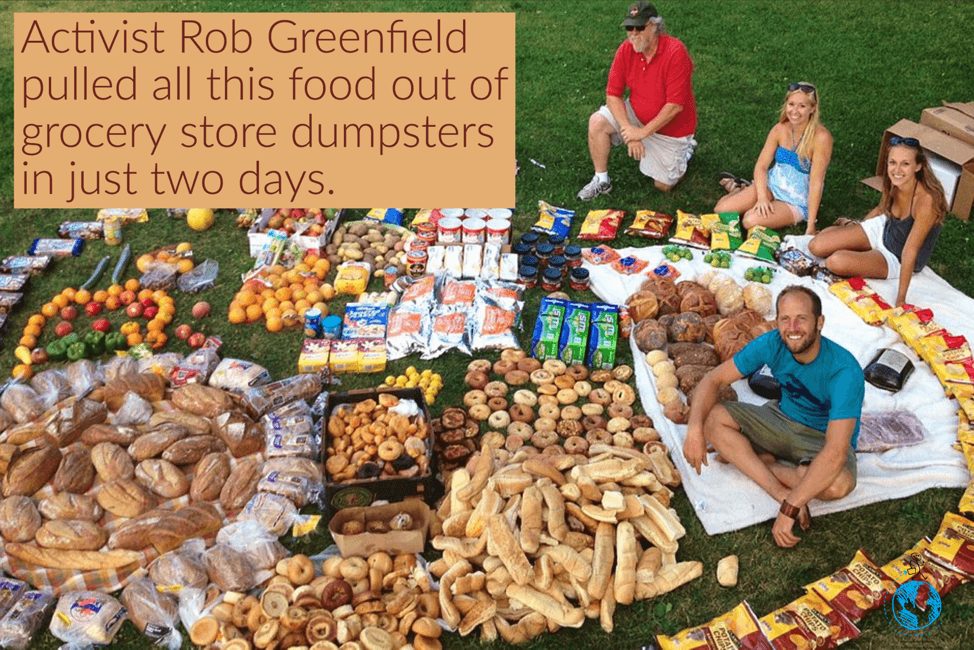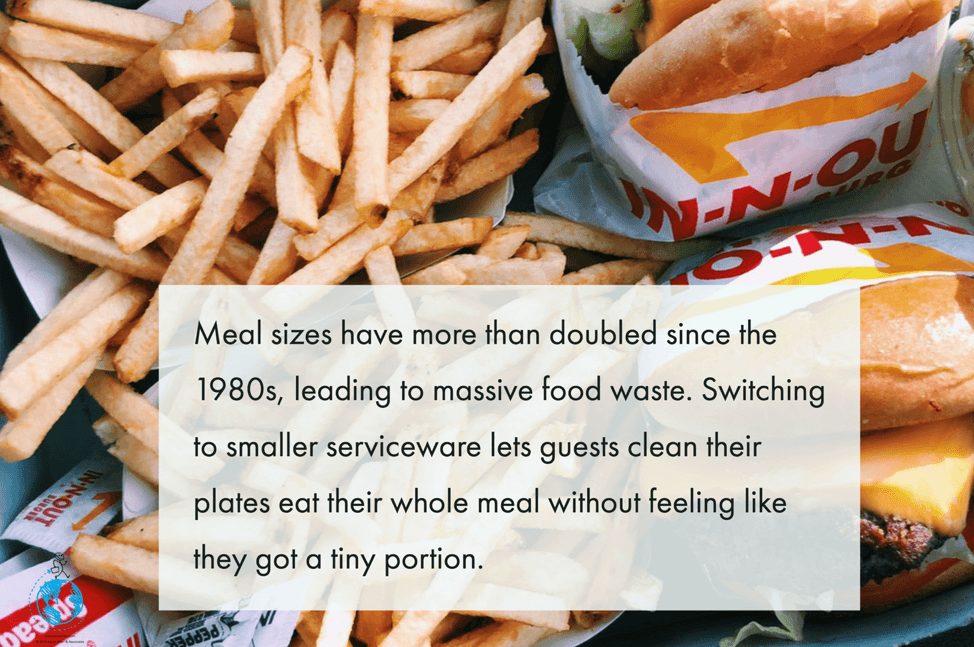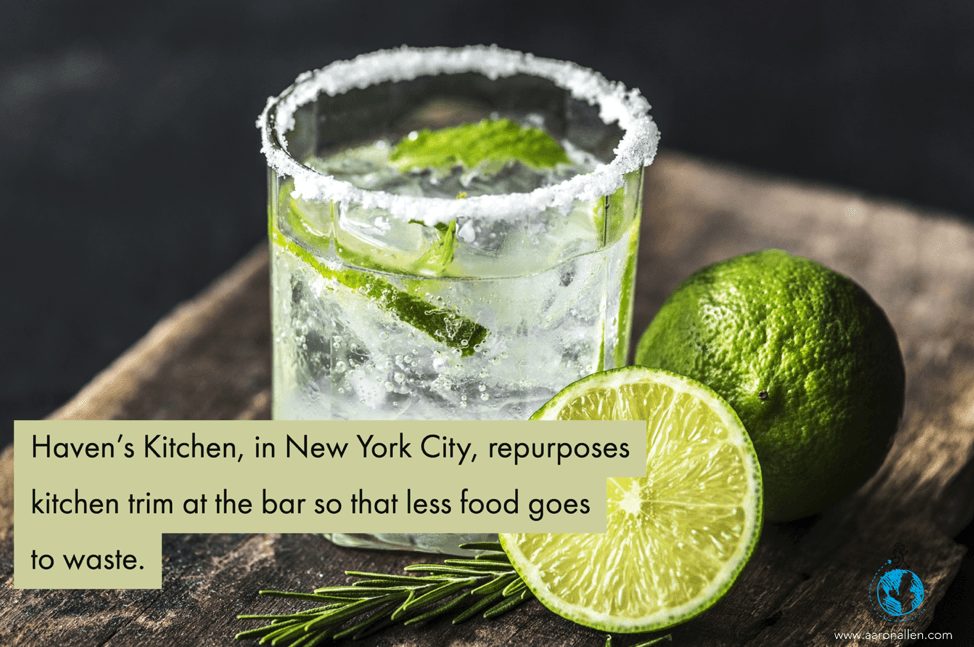Because food costs consume between 25% and 35% of a restaurant operation’s revenue, management teams make great efforts to avoid waste. In fact, only about 4% of food in American restaurants goes to waste — much better than in household consumption, where an estimated 40% of groceries are thrown away.
Though 4% seems small, it points to a serious problem. Collectively, restaurants across the United States waste $25b a year — the equivalent of the 2017 U.S. sales for Starbucks and Panera combined — on food that will never be eaten. They throw out 11.4m tons of usable ingredients, the equivalent of about 1.5b meals.
Food waste contributes to a number of pressing social issues:
- 1 in 7 Americans (nearly 47m) face hunger every year
- 34% of methane gas released into the atmosphere comes from food rotting in landfills
- Americans spend $218b on uneaten food annually
Some nonprofits and restaurant operations are taking action to tackle this costly — in more ways than one — habit.
Prevent Food Waste, Recover Unused Product, and Recycle the Rest
ReFED (Rethink Food Waste Through Economics and Data), a not-for-profit based in San Francisco, is committed to reducing food waste in the U.S. Their recently released Restaurant Food Waste and Action Guide lays out a plan to reduce waste by 20%, adding $100b of cumulative economic value over the next decade.

The first step is prevention, which could save restaurants nearly $620m annually. Recovery entails donating unused food to food banks and other non-profits that help feed millions of food-insecure Americans all over the country. And, by taking unused foods to composting facilities, farms, or plants that turn waste into electricity and fertilizer through anaerobic digestion, restaurant operators can give their ingredients a second chance.
Here are four ways to reduce waste in kitchens from the moment the delivery truck arrives.
1. Vacuum Sealing Portions Will Save Thousands of Pounds of Food Annually
An individual restaurant can prevent between 25k and 75k in food waste each year by approaching the prep phase strategically.
Most prep lists already include portioning, which helps kitchen staff push out meals quickly. If kitchens add the additional step of vacuum sealing portions, it can extend their shelf life.
2. Inventory Analytics Can Reduce Food Costs 2%–6%
Daily inventory tracking allows operators to make more accurate orders and plan the menu according to supply levels. This can be done manually, but software companies have created customized dashboards that continually track sales of menu items, taking them out of the inventory when they’ve run out.
These programs can save managers 30–50 hours of spreadsheet work per month and could help operators cut food costs by 2%–6%.
3. Smaller Plates Mean Less Waste
Diners leave an average of 17% of their meal behind, largely thanks to U.S. restaurants’ increasing portion sizes. Operators could reverse this trend by switching to smaller plates, which would make a more reasonable portion.

Of course, restaurants want to ensure their guests have the best possible experience, and a lot of that depends on the food. Typically, a plate must be 70% full to appeal to diners. While most people would notice decreasing portion sizes on larger plate, they won’t notice if the serviceware shrinks accordingly.
4. Bank on Sustainability
Some restaurants are already implementing more sustainable practices in their kitchens. In New York, Haven’s Kitchen reserves a section of their walk-in for leftover kitchen trim, which the bar might use as garnishes — placing a kale stem in a Bloody Mary, for example. The practice has sparked a conversation about food waste reduction, and Haven’s Kitchen has added a unique factor to the overall dining experience with this creative and cost-effective change.

Doing Good Is its Own Reward
While restaurants are making strides to reduce food waste, consumers are taking note and supporting those establishments that push for more sustainable practices. A recent study revealed that 72% of Americans care about how food waste is handled, and almost half are more likely to dine at restaurants that actively recover food.
Through prevention, recycling, and recovery measures, restaurants can increase their bottom line while reducing the amount of time and money they throw away. For every dollar invested in food waste reduction, restaurants can see $8 in savings. This practice could add up to $1.9b in profit potential annually.
Ending food waste is easier — and more rewarding — than many restaurant operators might think.
About Aaron Allen & Associates
Aaron Allen & Associates works with leaders of global foodservice and hospitality companies on strategic issues related to growing and optimizing performance and value. Specializations of the firm include multinational expansion, system-wide sales building, brand and portfolio strategy, modernized marketing, industry trends, technology, and advanced analytics. Aaron has personally led more than 2,000 client engagements spanning six continents and 100+ countries for companies collectively posting annual revenues exceeding $200 billion.

